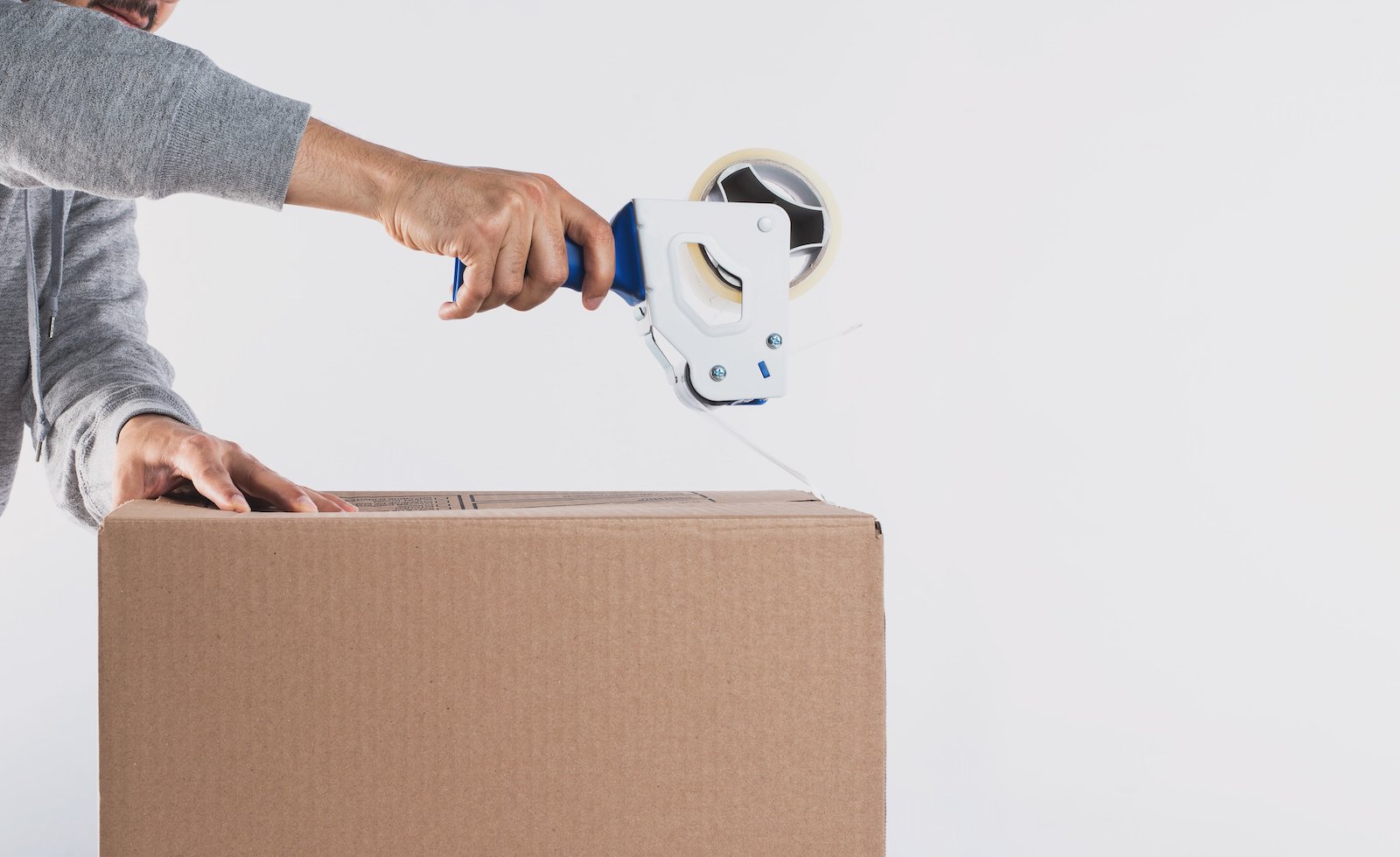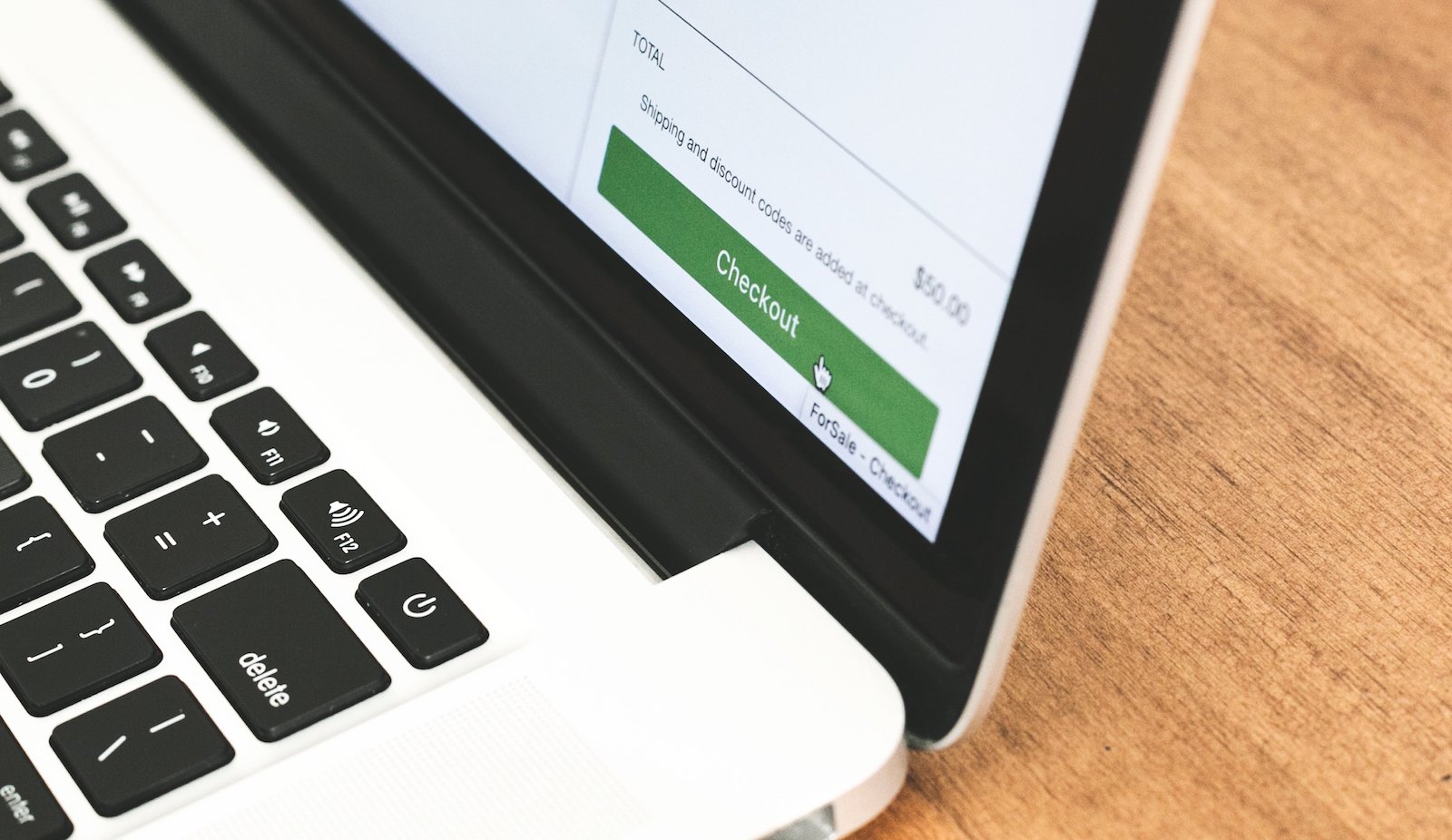Table of Contents
** Minutes
Where to find wholesale product suppliers
Six steps to successful product sourcing
As a retail buyer, sourcing the consumer packaged goods (CPG) products to stock your shelves is integral to the success of your store. Without the right products, you won’t have customers. And without customers, well, you won’t have a business.
Today’s CPG landscape offers myriad opportunities for buyers to source new products. Suppliers big and small are ready and waiting to get their products on store shelves and in online shops, which can be overwhelming for buyers. It is essential that buyers understand where they are sourcing their products from, and how that ultimately affects their business. Here’s what you need to know about product sourcing.
What is product sourcing?
Simply put, product sourcing is finding the products you want to sell in your store, buying them from a supplier, and then reselling them. If you’re a retailer — brick and mortar, online, or both — then product sourcing is the linchpin of your business.
Where to find wholesale product suppliers
Finding the right supplier for your business can be a challenge. The number of suppliers worldwide boggles the mind. And for retailers, there is no single supplier who can provide every single product you’ll need to stock your shelves and meet the needs and wants of consumers.
You will also need to meet your own business needs, whether it’s managing a small business, an online store, or even an online marketplace. It makes sense then, when looking for multiple product suppliers, to check multiple avenues to source those suppliers and products.
Online
It seems that these days, everything starts online. Product sourcing is no exception. When looking online for places to source products for your retail business, there are two options:
- Supplier websites
- Online supplier platforms
While any business worth its salt these days has an online presence, it’s time-consuming and utterly labourious to try and find the right product for your business simply by searching websites. A single product search can turn up thousands of results.
Today’s grocery stores can carry upwards of 40,000 items in a single store, and while buyers aren’t adding that many new products, there’s an average of 30,000 new food products that roll out every year, ripe for the retailer picking.
As the CPG industry has changed, online product sourcing has as well. The launch of platforms that streamline product sourcing makes the process easier for buyers and suppliers alike. Using a platform like RangeMe, for example, retailers can log on and enter specific search criteria around the type of new product they are searching for.
With more than 125,000 suppliers in the system, the results they get are the ones that most closely match their needs, and in many cases have been verified by RangeMe so retailers know that these suppliers have the capabilities to meet the retailer’s needs from the start.
Trade shows
While trade show attendance has been on the decline in recent years, they remain a viable and important source for new product research and acquisition for buyers. Trade shows allow buyers the opportunity for immediate information, seeing the product firsthand, and creating a relationship with suppliers.
Trade shows also provide retail buyers with the opportunity to get a heads up on the latest trends, so they can be sure they’re stocking their shelves with the hot products of the present and future.
Six steps to successful product sourcing
Sourcing new products can seem overwhelming — it’s not as simple as just finding a great product and putting it in your stores. But there are steps that retailers can take to make the process flow smoothly.
1. Research your product
First and foremost, retailers need to understand the product. Market research is essential to success; sourcing products without the necessary research is asking for failure. The research retailers need in-hand should be well-rounded. This can include:
- Store data. What are the numbers telling you from specific stores? Is there enough interest to drive sales and growth in your retail stores overall? Or would certain products work better for certain stores?
- Consumer demand. What are your consumers asking for? What are they talking about on social media? What are their concerns in surveys? What kind of feedback are you getting through different channels? What topics engage them most? And, linking back to store data, how does what they are saying actually compare to what they are purchasing?
- Trends. What’s trending in the product category, and which companies seem to be addressing these trends? Are these trends crossing over into any other categories?
With this information in hand, buyers can make more informed decisions when it comes time to initiate contact with suppliers. The more a buyer knows about the product he or she wants, the better the result will be.
2. Contact any potential suppliers
Before contacting suppliers, know exactly what it is you, as the buyer, need. Yes, part of this is doing research on the product, as mentioned above. But the other part of it is knowing what you want out of this initial contact with the supplier. Are you looking for information? For samples? Specific products? Knowing that, and being upfront about your needs, will help the process go smoothly.
This step is also where buyers put their contacts from trade shows to use, reaching out to suppliers they’ve met or been in contact with. It’s also a time when they can engage on platforms like RangeMe, as RangeMe streamlines the process so buyers can research products and easily reach out to suppliers all in one spot.
3. Ask for samples
Would you test drive a car without buying it? No. As a retail buyer, you’re not going to put a product in your store without sampling it.
When contacting suppliers, part of the ask should be for samples so you can get feedback from team members, view the product up close and personal, and see how the supplier handles this first transaction before you make the decision on whether to include it in your product mix.
Asking for samples is an important part of your sourcing strategy and a good way to test the quality of products.
4. Choose supplier to trial-run an order
Once a retail buyer finds a product that shows potential, order a trial-run for that product. This can mean the buyer asks for a certain number of units to be trialed across a retail chain, or it can mean a product is being tested in only certain stores. A buyer may choose to only trial certain products from the supplier’s overall lineup, rather than the lineup in its entirety.
Buyers should set parameters and key performance indicators around the trial run, including how long the trial will run, sales ratios, and consumer feedback, for example.
5. Evaluate supplier
Whether or not a buyer chooses to move forward with a supplier and form a more long-term relationship depends heavily on how the supplier performs during a trial run.
Having the parameters mentioned above will help retail buyers better evaluate suppliers when the trial run ends. Did the product meet the expected goals? Did it over-perform or under-perform? How was it received in the stores?
In addition to these questions, retail buyers need to ask questions about the relationship with the supplier.
- Were they timely and clear in their communications?
- Did shipments arrive on time and with the proper products and counts?
- Where the products intact when they arrived at the store?
- Was the quoted cost on point?
These details can make or break a buyer-supplier relationship. And if a buyer chooses not to pursue a relationship with a supplier, honest, constructive feedback can be helpful to understand why the relationship isn’t moving forward.
6. Keep other supplier options!
Businesses merge, or disband completely, supplies can be difficult to get, or sometimes product quality goes down. These things are to be expected from suppliers in the wide world of CPG, where trends and products can change as often as the wind. And when a consumer expects to always see a product on the shelf and suddenly isn’t, it can be a huge blow, shaking consumer trust in the retailer.
It is essential, then, for retailers to keep their supplier options open. Having more than one supplier for a product ensures that not only is the retailer getting what they need, but consumers are as well.
Benefits of having multiple sources for your products
When sourcing products, retailers don’t want to be at the mercy of a single supplier dictating the terms. Retailers are most concerned with getting the products, their consumers want, on the shelf, and to do that may mean having more than one supplier providing certain products.
And that’s not necessarily a bad thing. Think about it. A multiple-supplier situation can provide:
- Better prices. When more than one supplier is in the mix, there is the opportunity to bring costs down on products.
- Insurance for supplies. If one supplier has an issue getting the necessary parts or ingredients for their product, it can cause a trickle-down effect of product delays, increased logistics costs, or more. But with more than one supplier on a product to pick up the slack, retailers should never, then, be without that product.
- Quality control. When there is more than one supplier for a product source, retailers can easily and quickly compare the quality of the two (or more) products, to ensure that both are still meeting the specs set forth from the beginning.
Conclusion
Sourcing products for CPG retail isn’t always an easy, straightforward process, and even after a retail buyer has found a great supplier and established a strong relationship, the work doesn’t end there. Product sourcing doesn’t stop once the product is sourced — maintaining the quality and integrity of the product is essential, as well as strengthening the relationship with the supplier.
Buyers should always be on the lookout to develop new supplier relationships and keep in mind the essential steps that will guide them toward success.
Learn more
Need help storing your inventory closer to your end customers? Look no further than ShipBob. As a leading fulfilment provider, ShipBob provides inventory storage, order fulfilment, and shipping for ecommerce brands. Learn more and request a pricing quote below.



